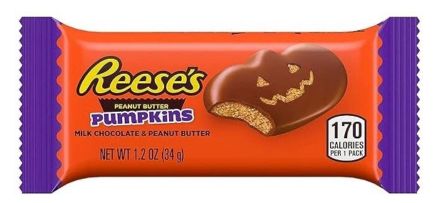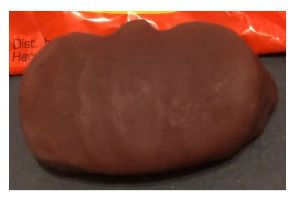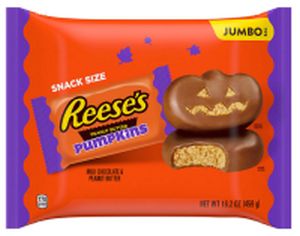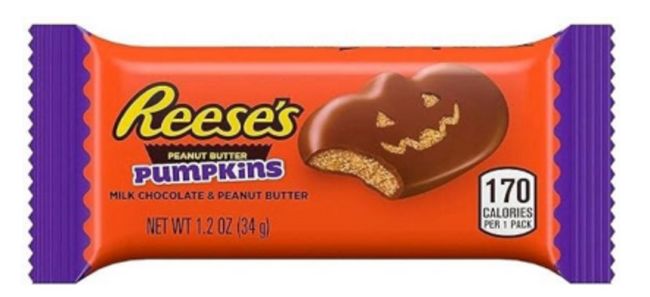- within Cannabis & Hemp topic(s)
Hershey sells Reese's Milk Chocolate Peanut Butter Pumpkins. Pictured on the packaging is a photo of a chocolate pumpkin decorated with a jack-o'-lantern face and filled with (presumably) the familiar Reese's Peanut Butter Cup filling. The packaging looks like this:

That's not what the candy looks when you take it out of the package, however. The candy doesn't have a face on it. It's just a brown pumpkin . Here's what it looks like:

Last fall, some disappointed consumers sued The Hershey Company for false advertising, alleging that they were misled by the Reese's packaging. As the court explained, "Plaintiffs claim they bought chocolate products they thought included cool, carved designs but were disappointed when the products did not include those designs, and, therefore, in their view, were not so cool."
Hershey moved to dismiss, arguing that the plaintiffs didn't have standing to sue because they hadn't suffered an economic injury.
Hershey also argued the case should be dismissed because reasonable consumers wouldn't be deceived by the packaging when it is viewed in context. At least some of the packaging, it seems, included a disclaimer that said "decorating suggestion" and had an image of the undecorated candy as well. Here's an example of packaging that includes the additional context:

Hershey's argued that the plaintiffs received the benefit of their bargain – edible candy – and that focusing on the carved images while ignoring the disclaimers and uncarved images (that appeared on some of the packaging) wasn't reasonable. Hershey's also argued that the image of the partially eaten candy makes clear that the photos of the candy shown weren't intended to represent exactly what is inside the package.
The court never gets to the substantive false advertising aspects of the case, however. Instead, the court dismisses the case on the grounds that the plaintiffs lack Article III standing. The court accepts Hershey's argument here that the plaintiffs hadn't sufficiently pled that they had suffered an actual concrete economic injury – since they did, in fact, get chocolate pumpkins. In other words, the plaintiffs received a "delicious, edible Reese's product" and never alleged that the product was defective, inedible, or failed to meet their flavor expectations. Hershey argued "subjective feelings of disappointment do not constitute an economic injury sufficient to confer standing."
In dismissing the case (just in time for Halloween), the court wrote, "Plaintiff's conclusory allegations as to why they have allegedly been deprived of the benefit of their bargain all boil down to their subjective, personal expectations of how the products would or should have looked when unpackaged. This is not enough to plausibly allege a concrete economic injury for purposes of Article III standing."
Is this case really just about a judge who doesn't like Halloween? Or a judge who finds plaintiff's lawyers to be spooky? What struck me here was that the judge saw this case as all about the plaintiffs' "subjective, personal expectations of how the products would or should have looked when unpackaged." Given the product packaging actually had a photo of what the product apparently looked like, it doesn't seem to be about consumers' subjective expectations at all.
Vidal v. The Hershey Company, 2025 WL 2686987 (S.D. Fla. 2025).

This alert provides general coverage of its subject area. We provide it with the understanding that Frankfurt Kurnit Klein & Selz is not engaged herein in rendering legal advice, and shall not be liable for any damages resulting from any error, inaccuracy, or omission. Our attorneys practice law only in jurisdictions in which they are properly authorized to do so. We do not seek to represent clients in other jurisdictions.

